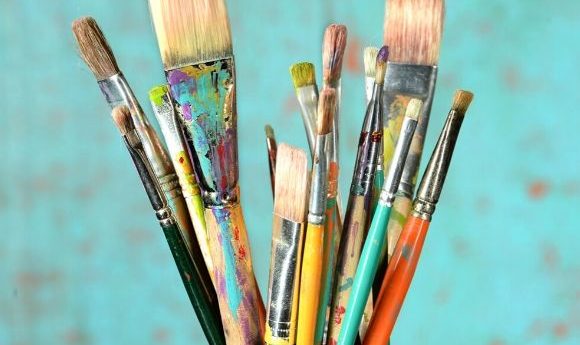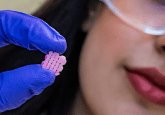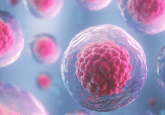MeniFluidics: state-of-the-art engineering for patterned living materials

Researchers have developed a novel method for engineering patterned living materials, coined MeniFluidics, that could revolutionize the worlds of both science and art.
A team of biologists and physicists at the University of Warwick (UK) have worked together to develop a novel method for engineering living materials into precise patterns, in order to assist efforts to create adaptive, sustainable and dynamic biomaterials.
Aptly named MeniFluidics, the technique relies on a controlled meniscus-driven fluidics system to create the living patterns. Not only do the researchers envisage this method majorly impacting scientific areas, such as tissue engineering, but hope it will inspire a new generation of artists to produce bio-art.
In a recent article, published in ACS Synthetic Biology, the researchers demonstrated the ability of MeniFluidics to generate patterns of biofilm colonies and swarms at different scales and with submillimeter resolution.
This new technique differs from pre-existing methods of engineering living materials, such as 3D printing, as it does not limit the user to produce only static patterns. There are other technical complications associated with 3D printing living materials, that the researchers also overcame with the described technique.
A recent paper seeks to prevent further degradation to one of the world’s most iconic and emotive images.
In brief, structures were implemented into gel surfaces. Water evaporation from these areas then led to the formation of open channels, which can be used to control the speed and direction of cellular expression. In this way, the researchers can control the organization of bacteria in both space and time, resulting in dynamic patterns.
MeniFluidics offers a robust and accurate method for advancing and developing novel biomaterials and providing an invaluable input for research into ecological, evolutional and physical interactions between microbes.
“I believe that our catchy named technique will enable new opportunities in biophysical and biomedical research and applications such as antibiotic resistance and biofouling,” remarked co-author Vasily Kantsler.
However, the researchers believe that this technique has applications even further than the vast borders of science, with hopes that the method could be utilized by artists to produce beautiful works of living art.
“We hope MeniFluidics will be used widely by biophysics, microbiologists, engineers and also artists! As it is a simple and versatile method,” co-author Munehiro Asally concluded.
 Saving The Scream
Saving The Scream



